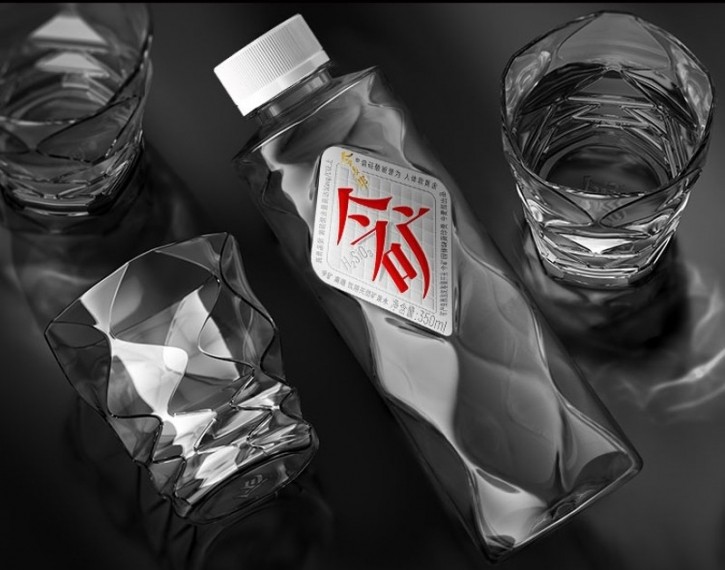Creating a new category: China’s Jinmailang highlights five key factors guiding practical innovation strategies

Jinmailang was established in 1994 and made a name for itself in the competitive domestic Chinese market with various instant noodle innovations – but in recent years, it has made further waves in the industry by creating what it claims to be an entirely new category of bottled drinking water.
The firm’s bottled water stands apart from the more commonly found products that tend to be either natural mineral water or processed via filtration or reverse osmosis, as it opts to boil its water - a technique believed by traditional Chinese practices to convey health and longevity.
Such category innovation has put Jinmailang in a strong position to compete with current industry heavyweights like market leader Nongfu Spring, testament to the firm’s solid product development strategy.
“For innovation to be significant and even go so far as to create a brand new category, there are five major factors that all food and beverage firms need to prioritise,” Jinmailang Chairman of the Board Fan Xianguo told the floor at the recent Food and Beverage Innovation Forum (FBIF) in Shenzhen, China.
“The first revolves around the appearance and presentation of the product, a factor that is particularly important for younger consumers today – we found this to be true even for a product as basic as mineral water and designed our products to be sleek and attractive.
“This is particularly important to female consumers as there is a vanity factor that comes into play, and even a product as simple as a water bottle can be related to beauty and attractiveness.
“Then of course there is product quality and functionality to provide value to consumers – for instance in our new products we have included the component metasilicic acid which is known to have beneficial effects on the blood vessels, skin and bones.”
In addition to external and internal qualities, Fan added that brands today need to craft marketing material that is able to dominate the minds of consumers, by being both to-the-point as well as balanced in its messaging.
“Marketing with a lasting impression also adds to the brand image and value – in Mandarin, ‘image’ is made out of two words which individually mean shape(形) and appearance(象), and together these bring together the physical and intangible characteristics that make up the core of the brand,” he said.
“The last point which is crucial for any new innovation to win over consumers is to provide them with a premium experience – this is because consumers today have many options to choose from when it comes to food and beverage brands, and they will be comparing between all of these, so the product needs to be outstanding in order to make an impact.”
No challenge too big, no challenger too small
Speaking from his own challenge in taking on market leaders in the Chinese market, Fan stressed that the implementation of these five factors in innovation needs to also be accompanied by practicality.
“Good innovation comes from solid and practical reasoning, as opposed to fanciful or grandiose plans – the latter is the reason that 95% of all new innovations and start-ups tend to fail,” he said.
“But even so, even the most powerful market leader has its weak spot, which successful innovators will be able to identify and target – for example in non-alcoholic beverage giants like Coca-Cola and Pepsi, their long traditional practices mean that they are much slower to change, and new players can leverage this.
“Similarly, there is no start-up or new company that is too small or too weak to be a challenger to existing large firms, all that is needed is the right idea, mindset and attitude.”






















